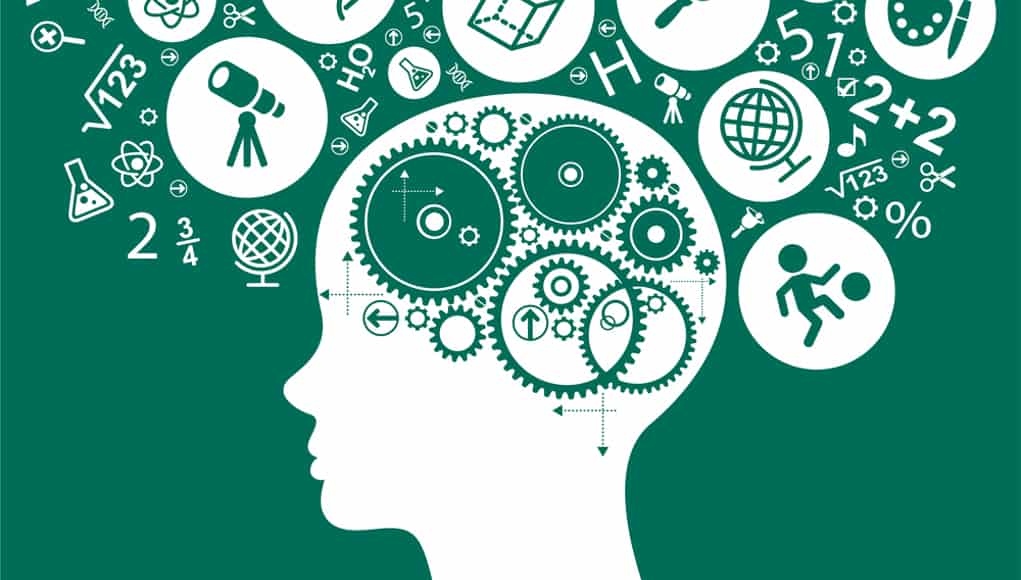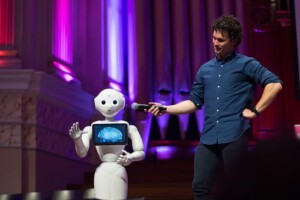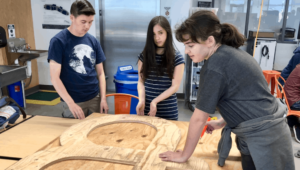What the Rise of Podcasts Tell Us About Learning

About a quarter of Americans listen to podcasts. A big chunk of them are millennials (44% of podcast listeners are between 18 and 34 years old).
Podcasts popped 10 years ago with the introduction of the iPhone. Apple’s decision to include a podcast player in the iPhone was the pivot point. The result has been a drift away from radio and an explosion of podcast programming.
Alex Blumberg, long time NPR host, founded Gimlet Media in 2014 (remember the Startup podcast?). On the Goldman Sachs podcast, Blumberg said there are three reasons people listen in: an unusual sense of intimacy, the ability to productively multitask while driving or working out and great stories–the power of narrative.
Jacob Weisberg of Slate, another podcast pioneer, said another advantage is the flexibility of the medium, you’re not locked into a specific time slot, one week your show may run 22 minutes and the next it might be 33 minutes. Not being FCC regulated means you have the freedom to speak freely added Weisberg.
Like many converts, I listen to podcasts while traveling and working out. Fifty-two percent of people listen to podcasts while driving, 46 percent while traveling and 40 percent while walking, running or riding a bike.

Like YouTube, comedy podcasts are popular. They are followed closely by informational, educational and new shows.

What the rise of podcasts means for learning
If we zoom out from podcasts and consider tech more broadly, it’s clear that something important is going on. Now that we’re all connected with powerful devices and ubiquitous broadband, digital platforms have transformed the way we live, work, travel, learn and play. (Listen to a podcast with Sangeet Paul Choudary on the Platform Revolution.)

YouTube and Netflix time-shifted short and long form video consumption. Computer games and virtual reality time-shifted powerful experiences.
Easy access to high-quality content for learning and entertainment free or inexpensively has quickly shifted consumption patterns and expectations.
1. Ban lectures. Given quality alternatives, it seldom makes sense for an instructor to transmit content via lecture. Using flipped classroom strategies, teachers and professors can record content and make it available for anywhere anytime consumption. Even better, teacher teams can build content playlists with a variety of high-quality learning options.
For example, Minerva, an innovative university program based on learning science, uses a “radically flipped instruction model” where students acquire most content on their own before coming to class where everyone is expected to be prepared and engaged.
2. Recognize learning. Now that anyone can learn almost anything anywhere, it’s time for competency-based systems that recognize prior learning and ancillary (e.g., after school, summer, workplace) learning.
For example, LRNG is a national program creating equitable access to after-school and summer learning. Content playlists prepare students for assessments and demonstrations that result in badges.
3. Reformat professional learning. If we want students to experience personalized and competency-based learning, then we should model it for teachers/instructors. Microcredentials are a great way to provide options in learning. Teachers can pick a topic, learn and practice when most convenient and they demonstrate growth in a relevant way.
For example, Digital Promise offers hundreds of microcredentials. Ask An Educator, the Digital Promise podcast, details stories of teachers taking charge of their own learning.
Now that most learners are connected and have broad access to learning opportunities, it’s time to rethink how we design schools and how we recognize learning.
For more, see:
- 78 Podcasts You Should Check Out
- Competency-Based Education: Definitions and Difference Makers
- Taking the Long View on Competency-Based Education
Stay in-the-know with all things EdTech and innovations in learning by signing up to receive the weekly Smart Update. This post includes mentions of a Getting Smart partner. For a full list of partners, affiliate organizations and all other disclosures, please see our Partner page.






0 Comments
Leave a Comment
Your email address will not be published. All fields are required.